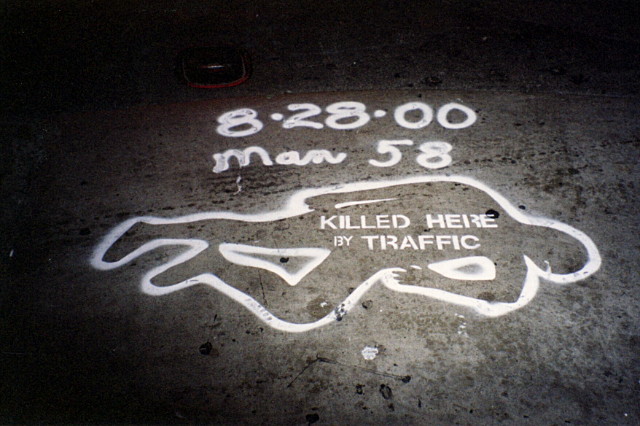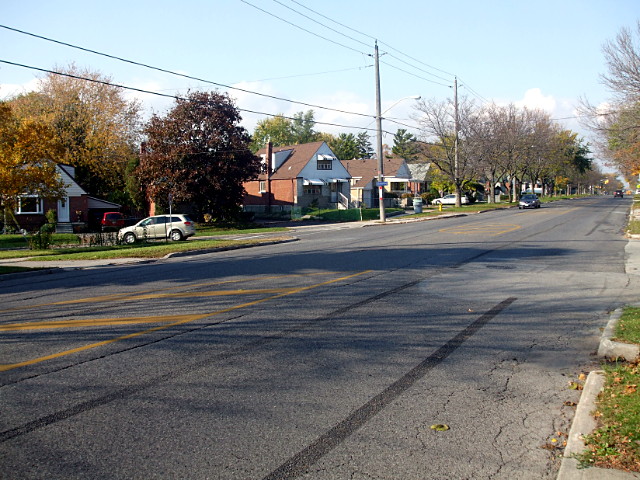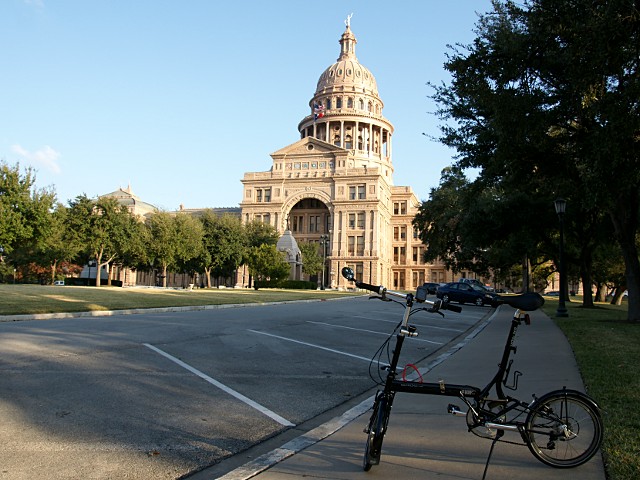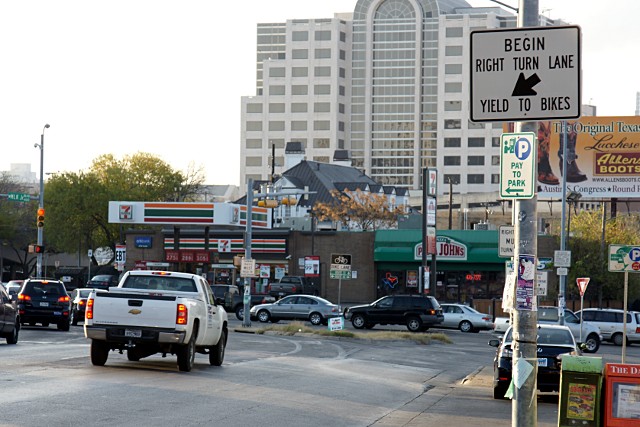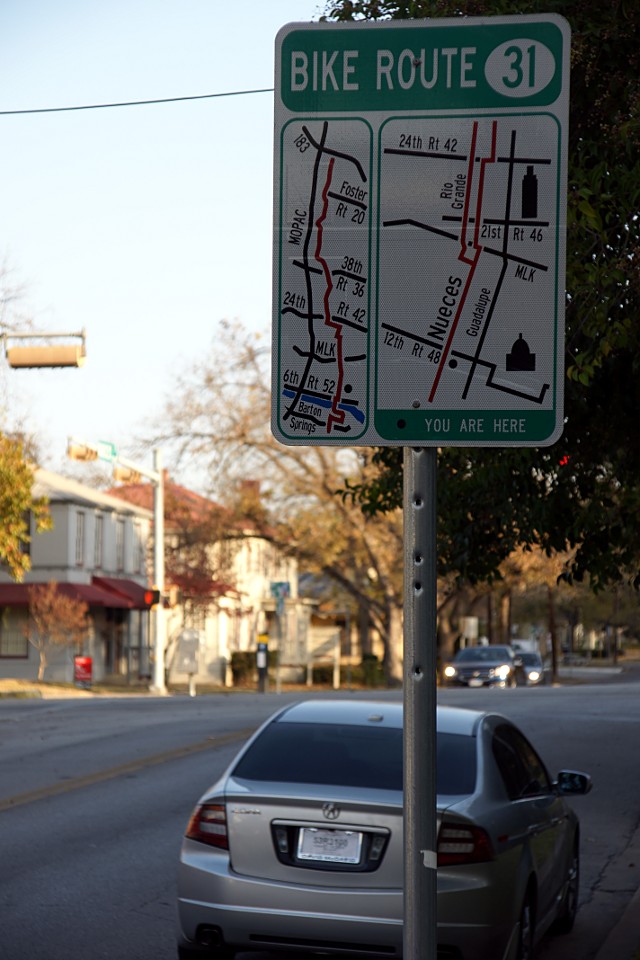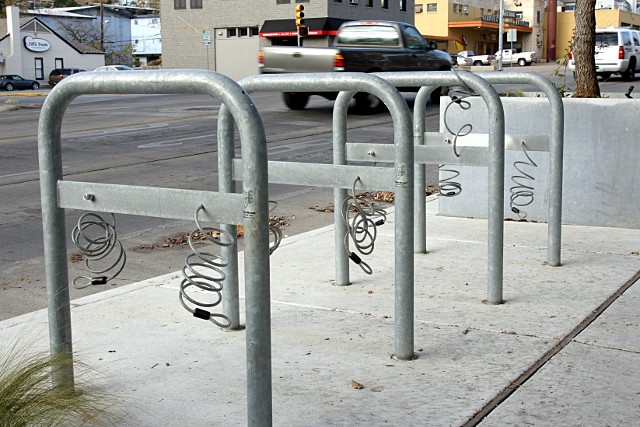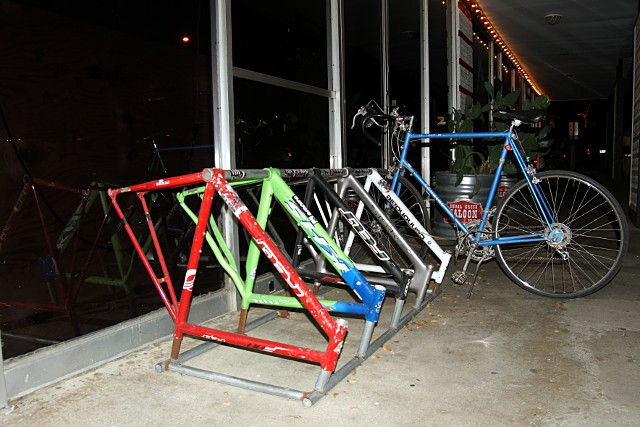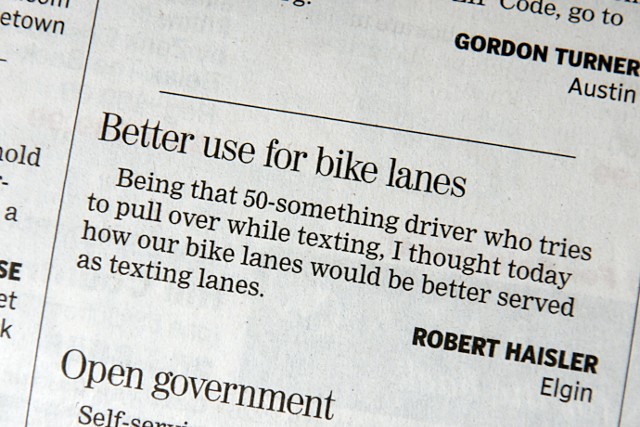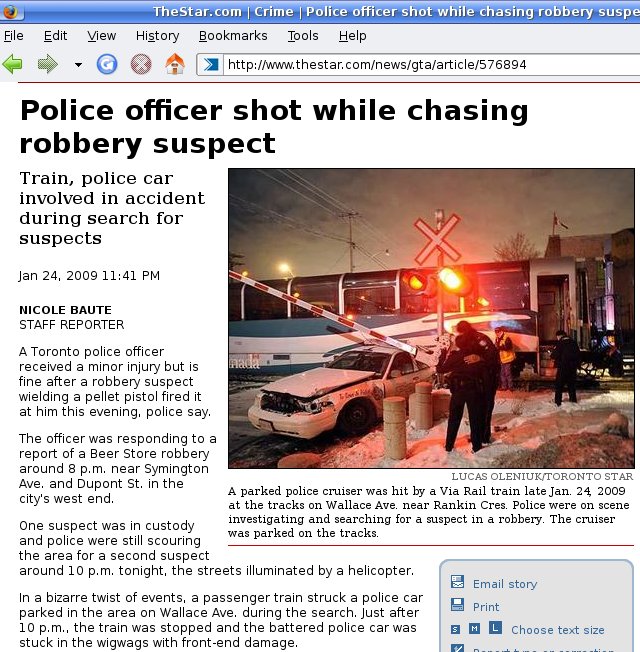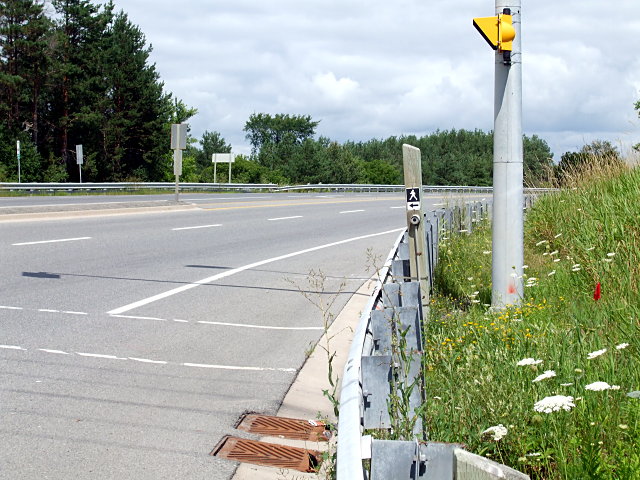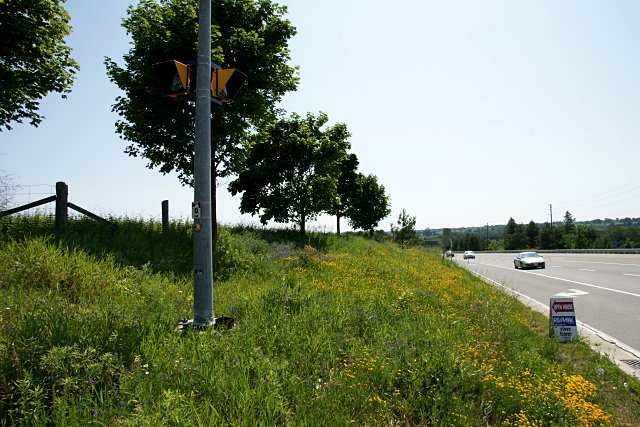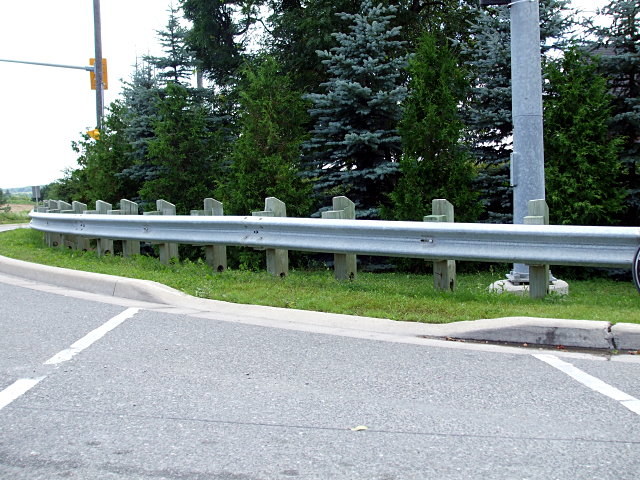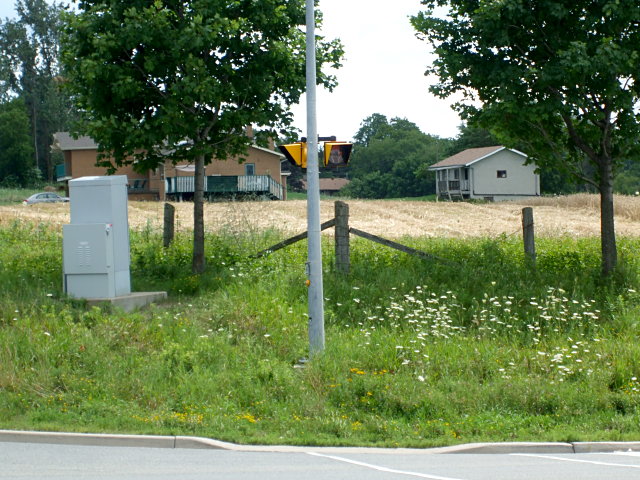If you see me, don’t turn into my path. If you don’t see me and turn anyway, you’re breaking the law because you’re not doing shoulder and mirror checks before changing lanes.
Flashing your turn signal doesn’t mean, “Get out of my way because I’m turning,” it means “I’m letting you know that I’m planning to turn, but I won’t begin my manoeuvre until I’ve verified that it’s safe to do so.” Please learn the difference.
If you think that I “came out of nowhere,” it’s because you weren’t paying attention; I’ve been riding in a straight line in the middle of this lane for almost 2 km.
Don’t think that honking your horn absolves you of your responsibility to drive safely.
I hope that leaning on your horn is making you feel better, because it’s just steeling my resolve to ride in the middle of the lane and make you change lanes to pass me. The last thing I need is some infuriated driver buzzing me if I move over to the curb.
The fact that your vehicle outwieghs mine by 100 to 1 doesn’t mean that either one of us is less human than the other.
I realize that it’s frustrating for you to sit in bumper-to-bumper traffic, but steering over to the curb to prevent me from passing isn’t really going to make you feel better.
I’m probably moving faster than you think, especially if you’re trying to judge whether you can floor it and make that turn in front of me.
When I’m on the road, my safety is my responsibility. That means that if I decide it’s unsafe for you to pass me in this lane, you don’t get to override my decision.
It won’t kill you to change lanes or wait behind me for 10 seconds until it’s safe to pass. It could kill me if you try to squeeze past now, so don’t try.
I’m riding in the middle of the road because the asphalt is in such poor condition closer to the curb that it’s unridable, even on my mountain bike. Please wait to pass me.
If you have to speed up to pass me before you turn right in front of me, you should just wait behind me until I’m through the intersection.
You don’t pay any “road taxes” either, because there isn’t such a thing.
As a matter of fact, I do have insurance. And a driver’s licence. And a car.
Do you really think I’d take up less room on the road if I was in a car instead of on a bike?
Yes, sitting in a padded chair and pressing your right foot down on a little lever that makes liquid flow through a thin tube toward your car’s engine makes you a real man. I tremble in the presence of your enormous penis.
When you say that cycling is dangerous, what you really mean is that you’re causing the danger and then subjecting me to it.
If you think I’m in your way, there’s a pretty good chance that you’re also in my way. So, uh, get outta my way!
Besides, why am I, riding the smallest vehicle on the street, the only one who’s in your way, while all of those cars aren’t in your way, they’re “traffic”? Aren’t all of them blocking traffic too?
This may come as a surprise, but I really can’t understand a word you’re saying when you gun your engine past me and shout out your window. So I’ll just imagine that you’re saying, “My crappy life really depresses me and I’m unfairly taking my frustrations out on you, random anonymous person on a bike!”
What part of that “no stopping” sign—not 10 feet in front of your car stopped in the bike lane—don’t you understand?
No, I won’t get out of the middle of the lane. Wait behind me until you can pass me safely.
I realize that what I do for my safety doesn’t always mesh with what you’d like me to do for your convenience, but frankly, I don’t care.
I don’t have an airbag or a seatbelt. My crumple zone is the space I create around my bike and I really don’t like you in it.
If I can touch your car when you pass, you’re way too close.
I realize that parking in the bike lane is very convenient for you, but it’s pretty dangerous to me.
Just imagine that your mother or sister is out riding her bike, and that some asshole like you is threatening to run her off the road; what would you think of yourself?
Just because you’re in a car and I’m not doesn’t mean that you’re in more of a rush to get to wherever you’re going than I am.
There’s a whole other lane over there for you to use; there’s really no need to crowd me in this one.
I’m sorry that your life is so miserable that you need to vent your frustration on me. Maybe you need some happiness in your life.
Yes, I’m turning left from the left-turn lane. Deal with it.
I’m signalling a left turn at an intersection; please don’t try to pass me on the left.
Yes, I’m waiting at this red light. If you’re going straight, you can wait in line behind me. If you’re turning right, there’s plenty of room to my right to make the turn without waiting.
Yes, I know I’m in the middle of the lane. It’s my way of telling you that you’re not supposed to pass me along this stretch of road. I do that because I’ve had too many right hooks at this intersection coming up and riding in the middle of the lane is the best way to prevent them.
If I’m riding at the speed limit, you have absolutely no need to pass me.
When I go to the effort of stopping at a four-way stop because you have the right of way, please proceed. Waving me on first may seem polite, but it makes you wait longer and it frustrates me because I stopped for nothing.
If you really want me to get out of “your” lane, call your councillor and tell her that you want a bike lane here.
It’s a good thing you blew past me back there; it must be really important to you to wait at this red light for 10 seconds longer than me.
I know that commuting in a car every day makes you angry and depressed, and that’s precisely why I don’t do it. Commuting by bike every day puts a smile on my face. Don’ t you wish you could say the same thing about your trip?
And finally, no, I will not get off the road.
